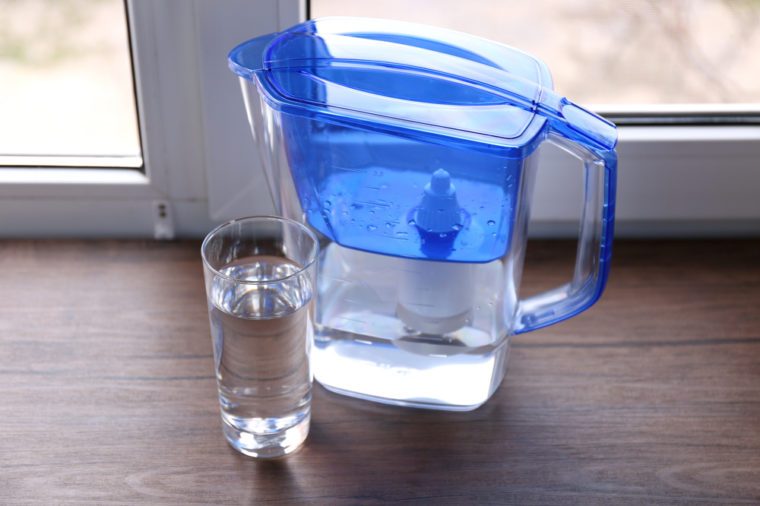Everyone wants water that tastes good in their home, but it can be tricky to determine what type of water filtration system to install to make it happen. After all, having great tasting water is not going to mean anything to you if the water in the rest of your house is cloudy and stains your clothing or other items that you are trying to keep clean.
Point of use home water filter systems will help you achieve fresh and crisp tasting water and these systems are installed underneath a sink or countertop. While point of use home water filter systems will deliver purified water for drinking and cooking, the amount of water that is purified each day might be less than you actually need.
Whole house water filtration systems will treat all the water that enters your home, which means that you will be using treated water for bathing, washing dishes, cleaning, and doing your laundry. These whole house water filtration systems can deliver thousands of gallons of water each day and the system would need to be placed where your water first enters your home. This could be in your garage or your basement, and since these systems are a little larger, you will need to make room for them. You would never need to worry about running out of clean water when you use a whole house water filtration system, but you should know that the quality of the water will not be as pure for drinking as it would be if you installed point of use home water filter systems in the rooms where you drink the water.
While either one of these options will give you better water, you may want to consider installing both inside your home. The whole house water filtration system will treat the water for your entire home, while additional treatment will be done to your water with the point of use home water filter system. This additional system will ensure that you have the best purified water for drinking and cooking purposes.
You may decide to install one or more of these systems due to personal preference of how water should taste, or you may choose to have them installed out of necessity. Red iron stains are one of the first clues that you need to seriously consider a whole house water filtration system, while an off taste might simply suggest a point of use home water filter system. If you are not sure if you need to install a water filtration system inside your home, you may want to have your water tested and talk to a professional of how these systems can make your water better.
At Reynolds Water Conditioning Company, we are here to help make sure our clients don’t buy water treatment systems that they don’t need. We are here to make sure you find a water softening system that gives you the results you are looking for, whether it is to remove iron or odor from you water; we have a solution that will help! For more information contact our experts at 800.572.9575 or at our website https://reynoldswater.com.





